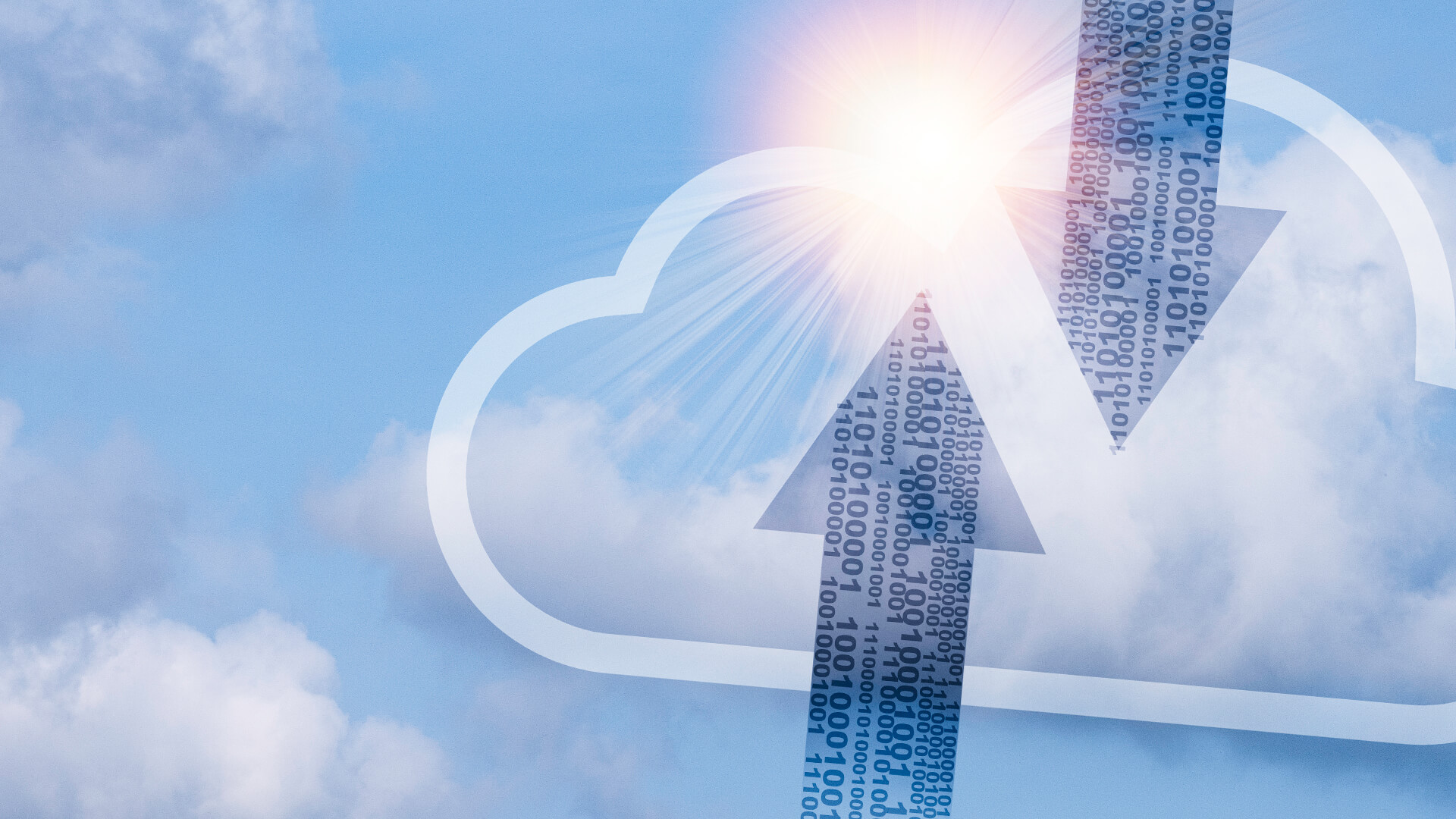
Technology has dramatically altered the way that we provide care to patients, but beyond just the basic software available like practice management systems and EHRs, there is also another technology shift that is important to understand. Cloud-based computing has the potential to provide more resources to your clinic with fewer human resources (like IT staff) to administer it.
For those who don’t work in the world of cloud-based technology and software-as-a-service (SaaS), this blog post will cover some of the most important things to know if you’re considering new practice management software, medical billing software, EHR, telemedicine, or other programs that live in the cloud.
What is “The Cloud”?
When we talk about something being “in the cloud,” it refers to any software program where the information and data are housed on remote servers and accessible through the internet. For any software program, you must have the data housed on a server somewhere, and previously (before cloud-based computing) that meant having servers at your facility. There are several disadvantages to this model because facility- or location-based servers:
- Can be expensive to purchase
- Require space where they can be stored
- Must be kept in a cool environment at all times, increasing your energy costs
- Require experienced IT team members to maintain the servers
- Are at risk of damage from fire, theft, or other natural disasters
- Require significant resources to protect against unwanted intrusions
For small and independent medical practices, the cost of providing your own servers and IT team members is prohibitive and threatened to leave many behind the curve when it comes to software adoption.
Why Cloud-Based Systems are Better
Today there are very few medical practice management technologies that are not cloud-based. The main reason is that cloud-based systems offer several advantages:
- Accessibility: anyone on your team can access the system from anywhere, as long as they have a reliable internet connection and proper login credentials.
- Backups: files are stored in secure facilities with backups, so you don’t risk losing all your data as a result of a single error, or a natural or manmade disaster.
- Security: your data is protected with the highest levels of encryption by professionals who understand the security risks from hackers and other malicious actors.
- Resources: you won’t need to have the bandwidth to store large files and send them over email or other local networks; anyone can access files from the cloud.
- Cost: there are no hardware costs, you pay a subscription paid to the SaaS company for access to your data, which makes it more affordable for most clinics.
In part two of this blog post we’ll talk about some of the potential risks of cloud-based systems, and some best practices for ensuring that you get a software program that meets your needs if you decide to go with medical practice management or other software in the cloud.
AdvancedMD offers a fully integrated suite of medical practice management solutions that are cloud-based. Talk to us today to see a demo and find out how it can benefit your practice.





